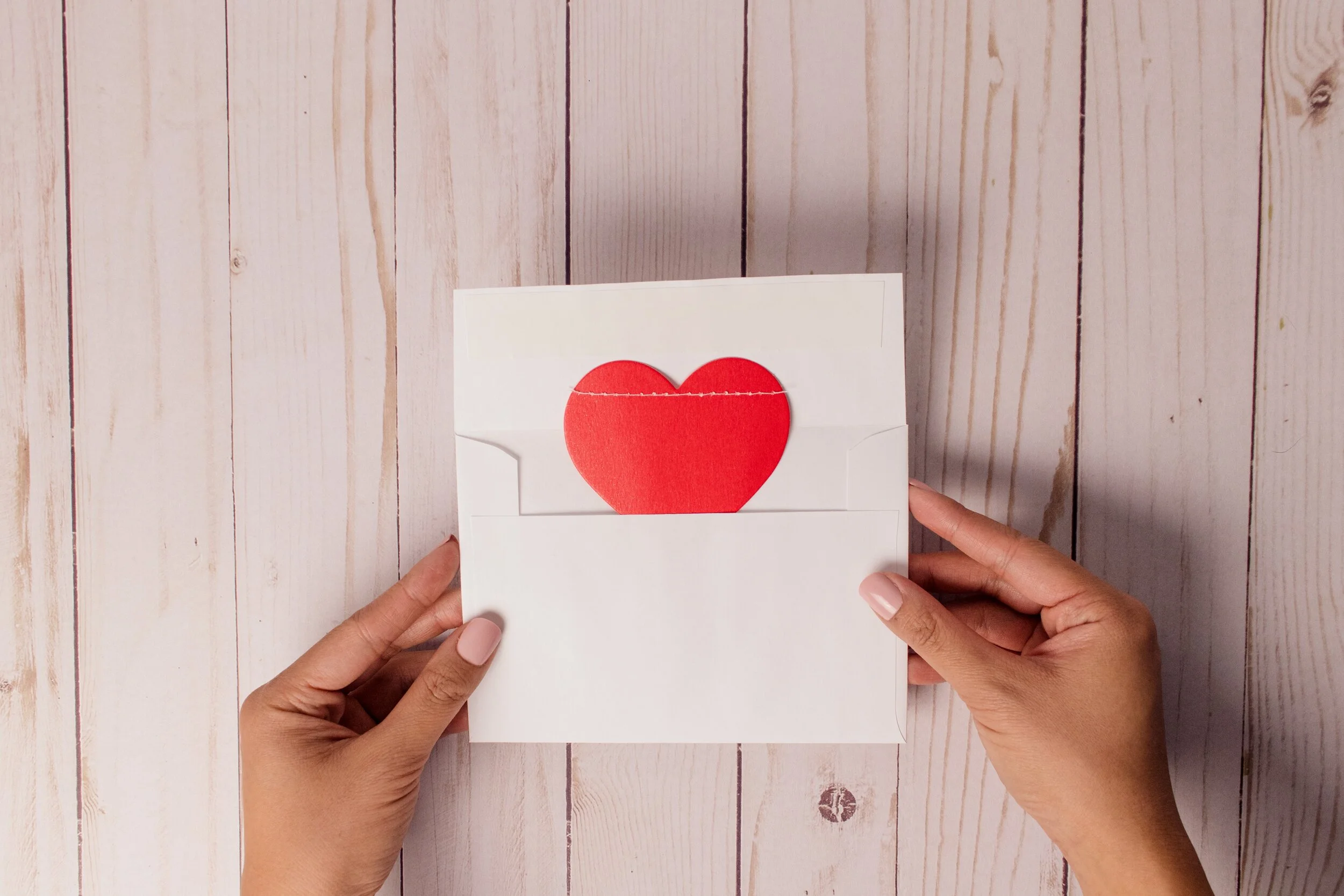Everything You Need to Know About Donor Solicitations
Let’s face it, donor solicitation can be one of the most uncomfortable parts of the job, but have no fear! I am here to break down this non-personal method of requesting donations to help your organization get the money it deserves.
You can send donor solicitations through the mail (old school yet surprisingly effective), email, social media, or the organization’s website. Keep in mind; you will need a comprehensive plan before moving forward as this process should be far from random. I would recommend creating a list and checking it twice to dictate when your nonprofit should be sending the solicitation, what should be included, and your overall goal to maximize profits.
This post will outline strategies like layered messaging, simplicity, design, and ensuring your donor feels like a human rather than a source of income.
Layered Messaging
There are many ways your organization can strategize to get the most out of the solicitation process—methods such as cutting through the clutter with layered messaging help by ensuring consistency. If the solicitation becomes messy, donors will be less likely to contribute, and we definitely don’t want that.
Build a campaign page on your website to mirror the message of your letter.
Schedule an email to be sent a few days after the letter is expected to arrive.
Write a blog post that encompasses the message of your solicitation.
Plan a social media post around the arrival of the letter.
Simplicity
You and your staff must remember that solicitations should be simple and concise; this should encompass the mission and the letter's overall layout.
Consider breaking down your letter to make skimming possible (everyone does it, and the readers of this blog will do it too).
Avoid overwhelming the reader with too much information.
Strategize components to enhance clarity.
For example, this could be a P.S. at the bottom of the letter, which reiterates the call to action. Researchers have determined that readers pay close attention to this part of the letter (are we surprised?).
Delivery
It may be strange to consider, but the envelope you send a solicitation in is important, should you forgo forms of digital communication. Having a boring envelope that looks like a bill can make it difficult for the receiver to open.
Entice your donors with an envelope that
Is large
Is colorful
Has unique letter encasement
This will, hopefully, decrease the likelihood of them throwing it in the recycling bin (if they’re environmentally conscious like you and me). You could also apply this idea to emails because an exciting message in the subject bar will decrease the donor's likelihood of moving it to the trash folder.
People vs. Donation
The most important part of donor solicitation is letting the donor know that you care about them as a person versus only caring about them for the size of their donations. There are many ways to accomplish this within the solicitation itself.
Include a small handwritten note.
Entice them with an emotional story.
Explain what their donation will be going towards.
Invite their questions or comments.
Additionally, your organization needs to realize that asking for donations will begin to exhaust the donors at a certain point. You will need to engage donors and learn when appropriate to entirely opt-out of a solicitation.
P.S. Keep these strategies in mind, and I am sure your organization will go far. Happy solicitations!


